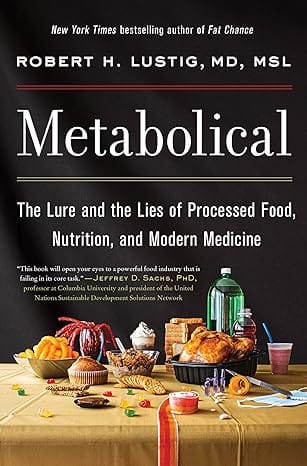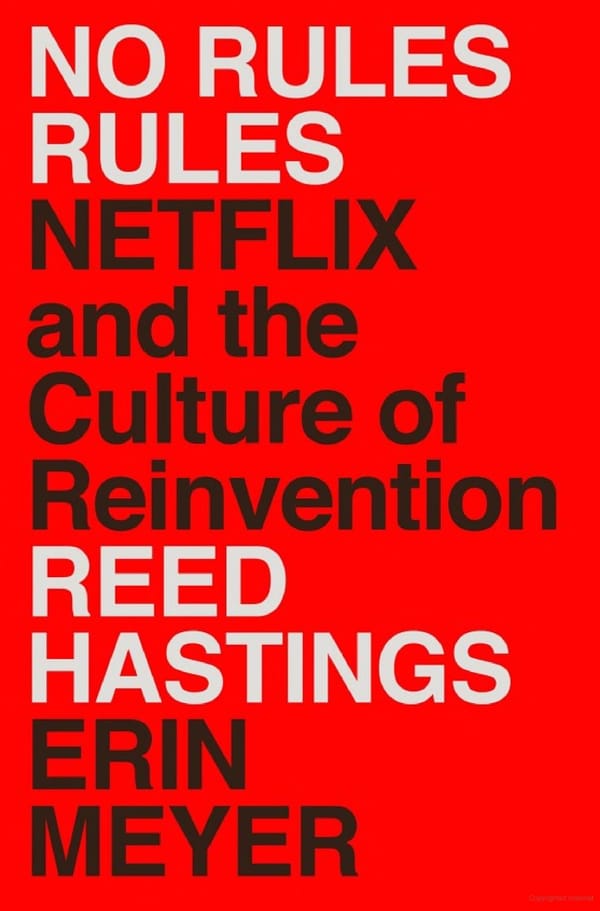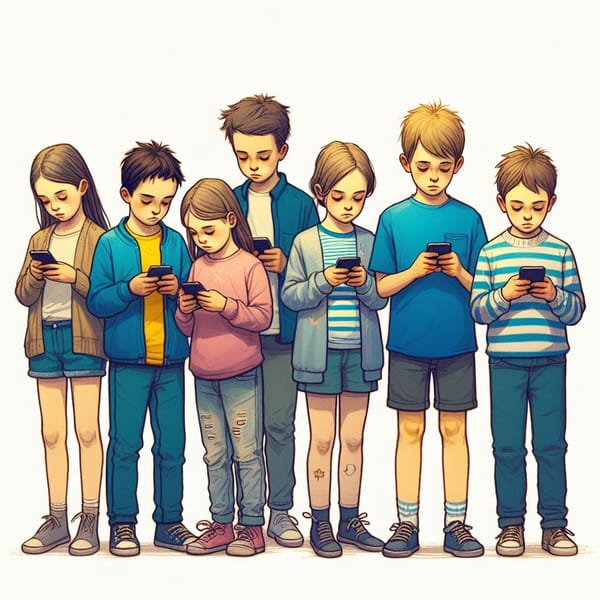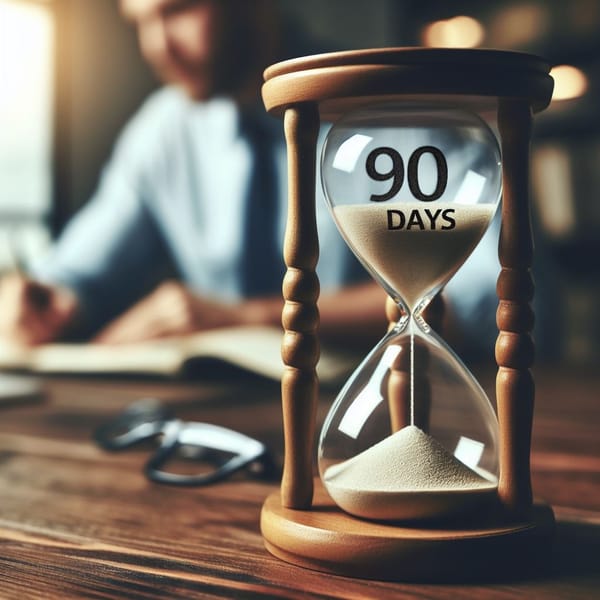Dopamine -- Book Review: The Molecule of More
Life will throw traps your way. One of which is the optimization (by apps, especially) of the dopamine circuits which coincidentally drive user growth. Many addictive behaviors work this way. Learning more about dopamine starts to illuminate the mechanism of drive, desire and satisfaction.
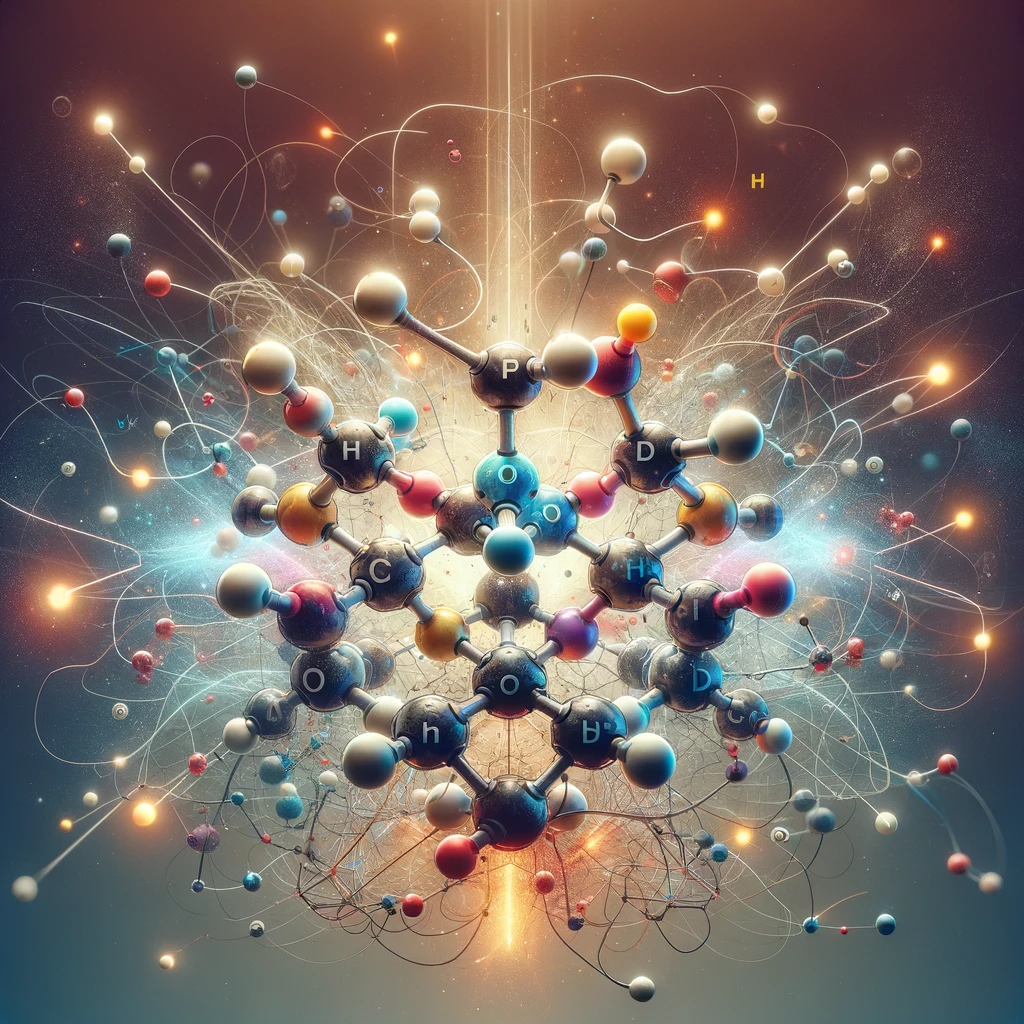
One of the traps that life offers is that of “more.” Always wanting more–more stimulation, more stuff–can leave you feeling emptied out. The key molecule at work is dopamine.
In The Molecule of More: How a Single Chemical in Your Brain Drives Love, Sex, and Creativity - and Will Determine the Fate of the Human Race, neuroscientists Daniel Z. Lieberman and Michael E. Long argue that the neurotransmitter dopamine is the key to understanding these feedback loops. Through fascinating research and examples, they demonstrate how dopamine compels us to pursue rewards, thrills, and achievements — for better or worse.
Dopamine floods the brain in response to possibility and anticipation. It generates that intoxicating rush of wanting something. From the excitement of a new romance to the lure of addictive drugs, dopamine creates intense motivation and craving. It pushes us forward in the endless pursuit of more.
In contrast, chemicals like serotonin and oxytocin (the “Here and Now” molecules) produce feelings of fulfillment once we attain the object of desire. Their role is contentment in the present moment. This biochemical distinction explains why realizing our goals doesn’t bring lasting satisfaction. Dopamine keeps propelling us onward while present-focused chemicals like oxytocin are what allow us to sit back and appreciate life.
One sign of highly elevated dopamine is constantly seeking novelty. Dopamine fires in response to unpredictability. We see this in the non-stop stimulation seeking of addiction. Gambling addicts compulsively chase the dopamine spike of the next big potential win. Drug addicts are driven by cues that trigger expectations of their next high. Pornography addicts endlessly click in search of a novel erotic thrill.
Another manifestation of dopamine imbalance is difficulty experiencing pleasure and relaxation in low stimulation environments. Hyper-dopaminergic people struggle with boredom or anxiety when not constantly occupied. They may display impulsive behaviors and struggle to delay gratification. Signs can include always needing background noise or distraction and an inability to simply sit and enjoy the present moment. I fear that the smartphone has made this much worse.
Highly creative people often exhibit hallmarks of hyperactive dopamine. Their novelty-seeking makes them explore and experiment fearlessly. Visionaries like Steve Jobs disrupt complacent industries with inventive new ideas. However, the thin line between genius and madness reflects dopamine’s overstimulation of mental circuits. Creativity’s dark side includes higher rates of bipolar disorder, schizophrenia, and even suicide.
In relationships, the honeymoon phase of romance is doused in dopamine. Partners can’t get enough of each other. But this feverish neurochemical cocktail inevitably fades. Sustaining healthy long-term bonds means transitioning from dopamine’s urgent desire to chemicals like oxytocin that satisfy emotional intimacy needs. This explains why many fail to make the leap from passionate infatuation to committed companionship.
On a societal level, dopamine drives progress and change. It propels human advancement through discovery and innovation. But rapid technological and cultural change overstimulates our dopamine systems. We become hooked on social media notifications, mobile apps for instant gratification, and endless material accumulation. This overabundance of dopamine overload leaves many feeling jittery and unfulfilled.
To find balance, Lieberman and Long suggest focusing more on dopamine’s complementary chemicals like oxytocin. Activities that cultivate presence and human connection - from traveling to learning new skills - can help reset over-fired dopamine circuits. I also have had success with purposely redefining my relationship with my smartphone, eliminating all notifications.
With deeper insight into the neuroscience of desire, we can build lives of purpose around meaning rather than endless wanting.
Additional resources: Huberman Lab episode on Dopamine
Here are some quotes I enjoyed from the book:
Addiction is not a sign of weak character or a lack of willpower. It occurs when the desire circuits get thrown into a pathological state by overstimulation.
It’s natural to confuse wanting and liking. It seems obvious that we would want the things that we will like having. That’s how it would work if we were rational creatures, and despite all evidence to the contrary, we persist in thinking that we are rational creatures. But we’re not. Frequently we want things that we don’t like. Our desires can lead us toward things that may destroy our lives, such as drugs, gambling, and other out-of-control behaviors.
Of the infinite forms communication technology might have taken, why, like TV news, has internet news elevated brevity and novelty over in-depth analysis? Aren’t the events of the world worth more attention? The answer is desire dopamine. A short, slick story stands out from the landscape—it is salient.
